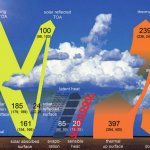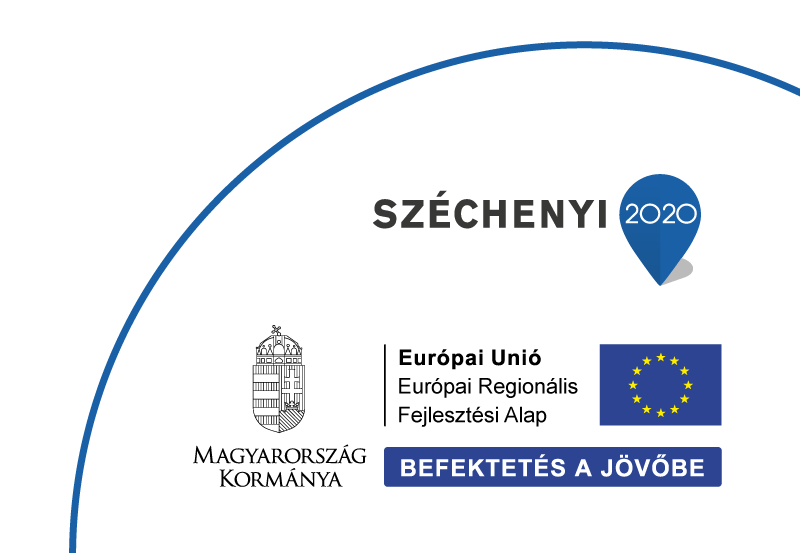 |
Tárgyfelelős | Dr. Elemér László |
| Szint | PhD | |
| Szak | Earth Sciences, PhD course |
- Elements of the climate system.
- Atmospheric circulation.
- Hydrosphere, atmospheric water.
- Global ocean circulation.
- The energy balance of the atmosphere, heat balance, hydrological cycle, components of a water budget.
- Past climate change.
- Climate reconstructions.
- The climate of past ages, causes of climate change.
- Future climate change.
- Climate projections.
- Results of global climate modeling.
Csatolt dokumentumok
 | ||
| Cím | Relationship between weather conditions advantageous for the development of urban heat island and atmospheric macrocirculation changes | |
| Szerző | László Elemér | |
| Letöltés | Letöltés | |
Urban heat island (UHI) and climate change belong to two separate scientific fields within meteorology nowadays. Climate change, however, may affect the characteristics of UHI as well. Various atmospheric macrocirculation conditions determine the frequency of certain weather conditions at a given area, thus they influence the frequency of the occurrence of conditions advantageous for UHI development. In the present research, the time series data of conditions advanta- geous for UHI (advantageous meteorological conditions [AMC]) were determined in the case of Debrecen (Hungary) and similar patterns existing in the AMC time series were searched in those of North Atlantic Oscillation, East Atlantic Oscilla- tion, East Atlantic (EA)/Western Russia (WR) Pattern and Scandinavian Oscilla- tion indices for the period between 1961 and 2010 using Gábor–Morlet wavelet transformations. Several significantly coherent oscillations were found. The occur- rence frequency of AMC can be approximated from macrocirculation conditions in these periods, according to the concept of heat island. These estimations are consistent with the calculated AMC time series. This proves that there is some relationship between macrocirculation and heat island development. Based on the results, using seasonal and climate models the changes of UHIs at seasonal and climatic scales may become predictable.
| ||
 | |
| Cím | Spatial and temporal trends |
| Letöltés | Letöltés |
 | ||
| Cím | Long-term changes of meteorological conditions of urban heat island development in the region of Debrecen, Hungary | |
| Szerző | László Elemér | |
| Letöltés | Letöltés | |
Meteorological conditions have a remarkable im- pact on urban climate similarly to other local and microscale climates. Clear skies and calm weather are advantageous for the development of the urban heat island (UHI). There are numerous studies on the spatial and temporal features of the phenomenon. Much less attention is paid, however, to the meteorological conditions of UHI development. The aim of the present paper is to reveal the characteristics ofthe changes in the frequencies of advantageous and disadvantageous me- teorological conditions for UHI development on the basis ofa 50-year-long time series. Meteorological condition categories of UHI development have been established on the basis of wind speed values, cloudiness, and precipitation ranging from advantageous to disadvantageous conditions. Frequencies of occurrence ofcondition categories ofUHI development were determined first. Advantageous and moderately advantageous conditions were found to be dominant in the time series. Linear trend analysis revealed a significant increasing trend in the time series of advantageous conditions. Increase of the frequencies of advantageous conditions was analyzed for the years, seasons, and months ofthe study period as well. Spring and summer (April and June) produced significant increasing trends of frequencies of advantageous conditions, while win- ter (with the exception ofFebruary) and autumn did not show significant increase of those frequencies. Change-point anal- yses detected a significant increase in the frequency ofadvan- tageous conditions in the time series at the turn of1981/1982 especially in the summer and spring months. Detected tenden- cies have negative effects on urban energy consumption: they contribute to the increase of air conditioning energy demand in the summer and do not decrease the energy demand of heating in the winter significantly. KEYWORDS Meteorological conditions, urban heat island (UHI), Correlation and trend analysis, Spearman’s correlation | ||
 Magyar
Magyar
